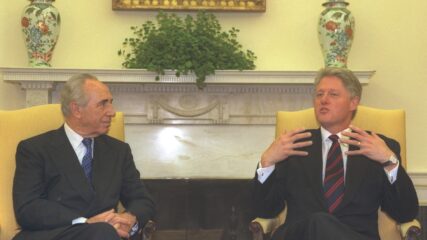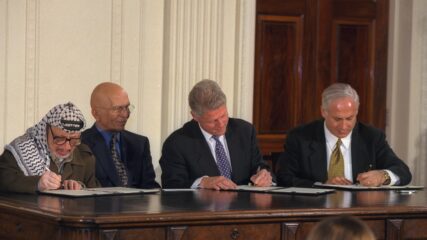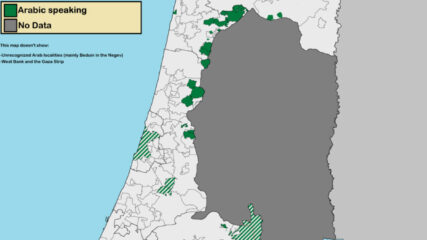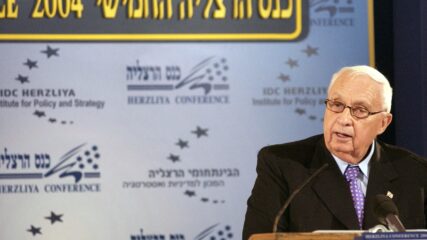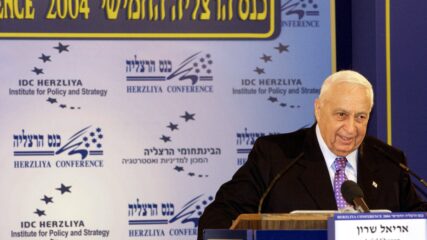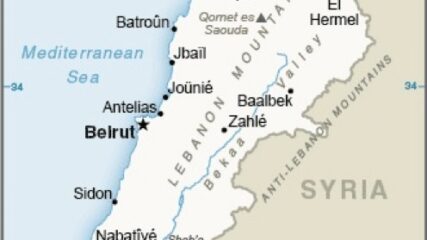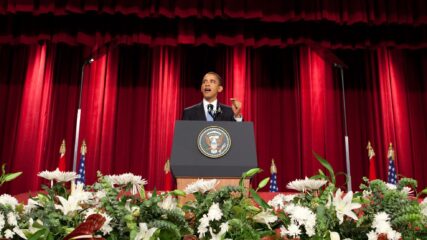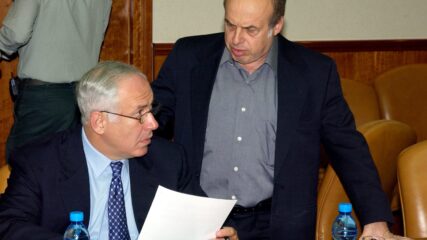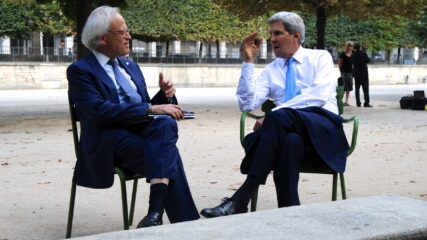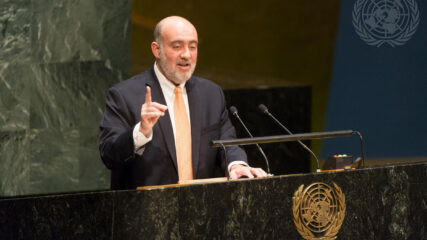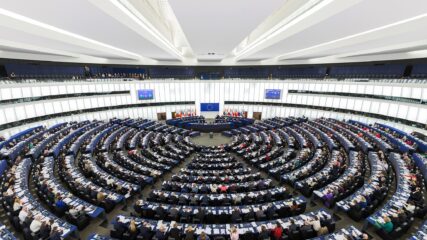U.S. Jerusalem Embassy Act of 1995
In 1995, Senators Robert Dole and Jon Kyl introduced the Jerusalem Embassy Act to move the U.S. Embassy to Jerusalem. The bill was adopted by an overwhelming majority in both houses of Congress; it provided Presidential authorization to effectively delay the embassy move every six months, if deemed necessary for U.S. national security interests.



